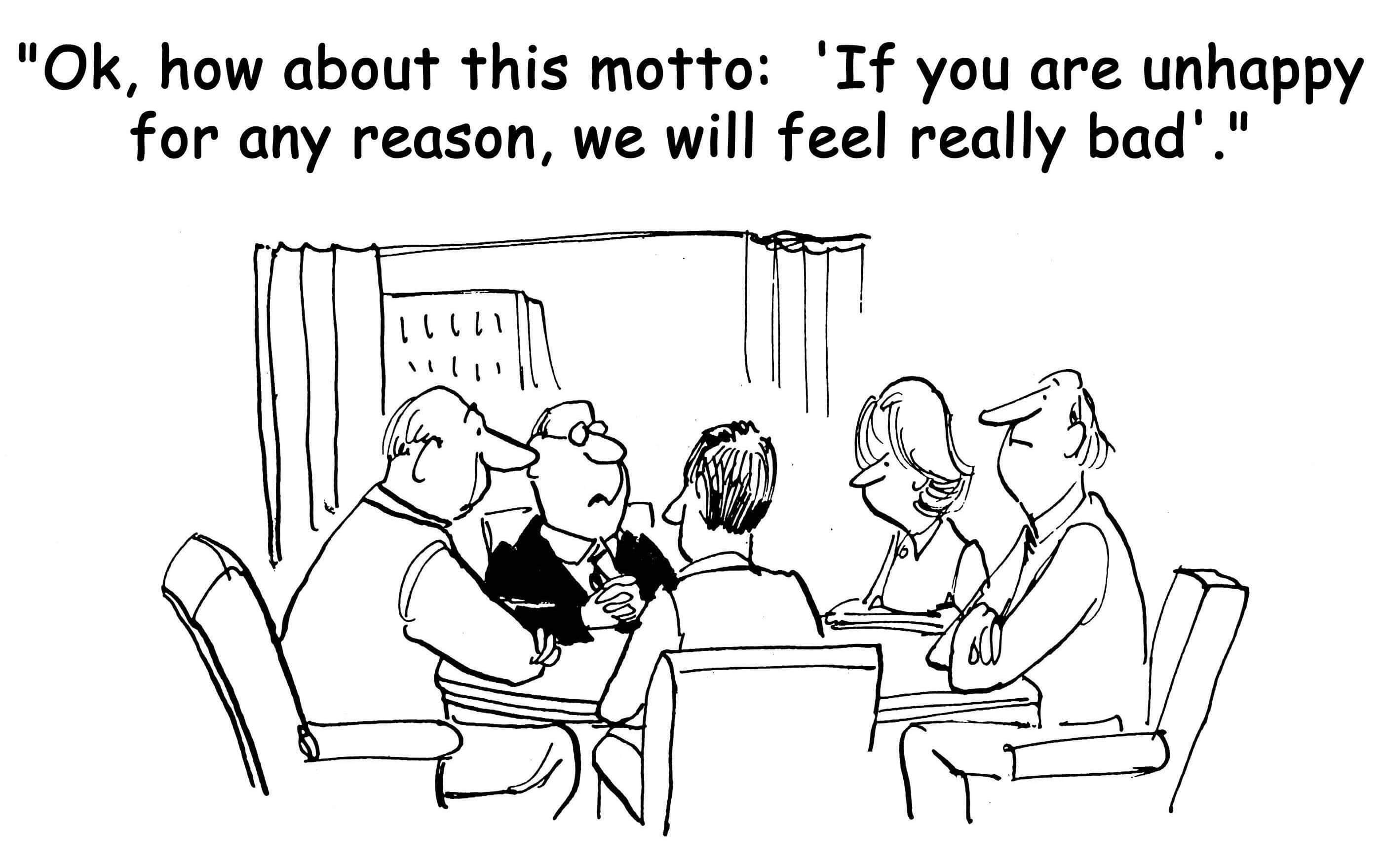You call yourself a Banker or Bank Manager, and you tell anyone who asks that you are in the financial industry- but what business are you really in? In actuality, you are a retailer just like the shoe store down the block and the Starbucks you stop at every morning, the only difference is your product set. And what’s more, you better take some advice from your retail comrades on how they approach their business.
Have you ever considered your own retail experiences and how those experiences relate to your banking environment? What can you learn from them? Just like all retail customers, bank customers have more choices in how, when, and where they can to do their banking today.
Changing banks is easy and the engagement with one specific bank is not life-long anymore. It is important to start thinking about how to keep your customers. Here are a few ideas to consider:
1) Customer Service is Key
You can have every product available, but if customers aren’t treated well, their business will be lost. So, like some retailers, bankers should be doing all they can to provide the best customer service experience.
Those of us in the financial industry must understand customer’s financial goals and guide them in the right direction so they feel confident and satisfied. A genuine connection with customers on a personal level by reaching out and letting them know they are valuable is important. Also, be sure they know how to reach you or someone that could help if they have a question or issue.
Bank customers choose a bank or leave their current one because of service. They expect guidance & solutions to their needs. Asking the right questions to learn more about customer concerns, needs, and goals will benefit both you as the banker and the customer. Banking might seem like an old fashioned business in which not much changes over time. But in fact, retail banking is always changing. Whether it’s ATMs at bank branches, deposit services on mobile devices, or concerns about the security of debit card transactions, there seems to be something new. How do your customers feel about these changes?
2) First Impressions Count, Every Single Time
How customers are treated is their first impression, so it is vital that bankers start with the little things such as a standard way of politely greeting people on the phone or in the branch. Whether it’s the first time a banker is meeting with the customer or if they have spoken with the customer before, by being genuine, polite, and helpful the customer will always get a good impression.
The best way to ensure that you and all bank staff will treat customers graciously is to set the right example. If management does things the way it should be done, it will be more effective than lecturing or criticizing. Treat bank customers how you like to be treated and others will follow. Give a good first impression every time a customer is greeted.
3) Customer Complaints: an Opportunity to go Above and Beyond
When customers have a problem, it is how their problem is resolved that becomes the crucial experience driving advocacy. One thing that does not help is for the customer to hear a generic automated message, “press 1 for this and press 2 for that”. The customer wants to talk to a live person especially when they have an issue and may even come into the branch to talk with someone. There should be clear information available on how they can reach someone that can help.
A problem solved can turn an upset customer into a loyal customer. Bankers should personally stand behind everything they do. A customer doesn’t do business with a company, they do business with the people who represent the company.
If a customer has a problem, and you are the person that received the information, it is your responsibility to see it through. No matter who makes the final decision, follow through for the customer will ensure a positive outcome.



